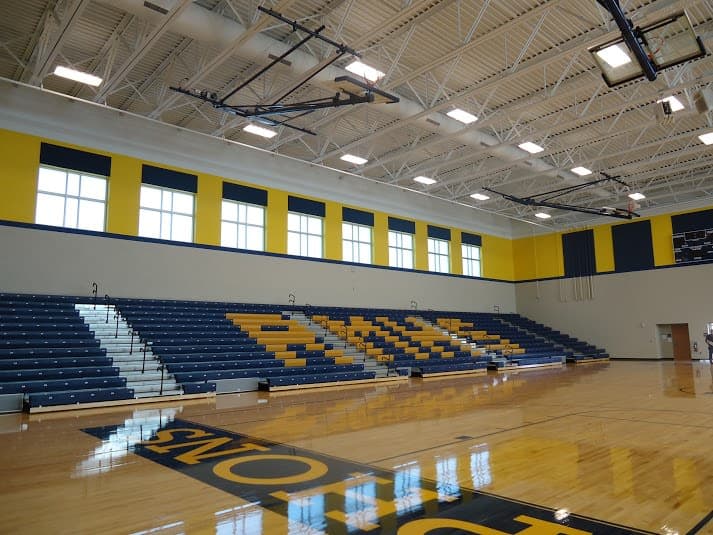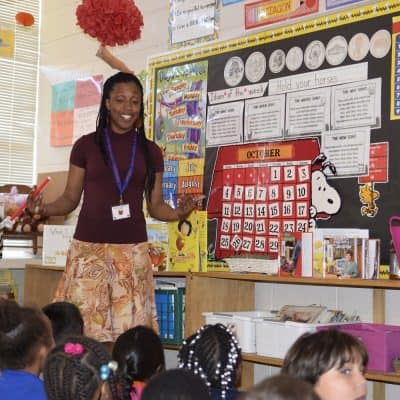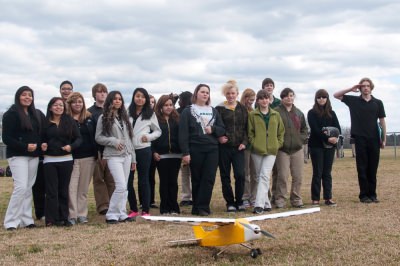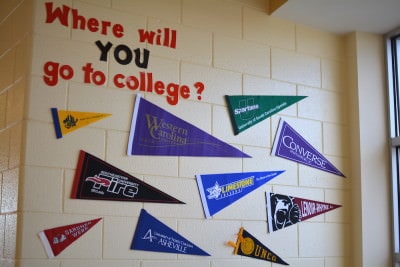
For 17-year-olds living in the moment and dealing with the minutia of day-to-day life — just getting to school, keeping up with friends, sports, activities and even getting assignments done — it’s hard to recognize the dynamic history that’s really soaring above it all.
More than 50 years later though, it is the big picture that overwhelms the faded recollections of high school sweethearts, angst of sports rivalries, and math assignments the dog ate.
For the Rocky Mount High School class of 1970 — celebrating its COVID-delayed 50th reunion — there is truly dynamic history to recall. The class of ’70 was the first to graduate from a fully integrated Rocky Mount High School.
The yearbook did make note of the extraordinary year:
“’Forward Together’ of necessity became the slogan for the proposed merger. Finally, in the fall of 1969, history was made, a totally integrated school opened in the South. It bore the name of Rocky Mount Senior High School.”
Emphasis was on the positive. “Students gradually laid aside old animosities and worked for a common cause: The success of RMSH … Attitudes changed; people grew closer; all were determined to assure the success of the school.”
But, the yearbook’s platitudes don’t do justice to the challenges, subdued tensions, feelings of loss and alienation, that the students faced in that senior year. A half-century later the depth of that senior year’s challenges met and missed, linger.
For nearly two years before the school’s integration in the fall of 1969, students and administrators from the two schools held regular meetings — some joint, others within each school — to plan for the merger.
“The richness of what was developed in the Black community got erased. But in the process of that over the two years, everybody gave up something and everybody got something,” recalled Valerie Batts, a member of that class of ’70 and former Booker T. Washington student who was involved in the planning for the schools’ merger.
Emily Ballance, another member of the class of ’70, was a Rocky Mount High student who served on the “Student Involvement Committee” planning the integration of the school. Upon reflection these years later, she said the experience, although challenging at times, helped shape the values she has today.
Many Black students worried whether white students were “ready” for integration. Some white students expressed the same of their Black classmates.
For the students at the nearly all-white school, they were advancing into a new era — a new normal — in absorbing the students from Booker T. Washington High.
For the students at Booker T. Washington, there was more. They were the absorbed, leaving behind the life, daily routines, and structures that had become as familiar as breathing. The seniors would be the first NOT to graduate from Booker T. Washington High. They’d leave behind a school described as “one of the most significant historical locations in Rocky Mount.”
The school, built in 1927, was noted for its academic success and was where in 1962 Dr. Martin Luther King Jr. gave the first preview of his famous “I have a dream” speech.
The Rocky Mount High Class of ’70 — students, faculty, and administrators, there was the spotlight and influx of students to become a part of daily life sports teams, student activity groups, social events.
The New York Times even took notice. A news account headlined, “Rocky Mount N.C.: One Example of Integration Without Violence” described the process of integrating the high school as “a good example of how school integration has come and is working in Southern communities. It was not perfect, it was not without challenges and tension, but it was working.
Students and administrators met and discussed what were big things then — but in the light of history — became routine.
What would the school colors be? Blue-black and gold combined the colors of the two schools.
What of the mascot? The mythic Gryphon combined the lion of Booker T. Washington and the blackbirds of Rocky Mount High. Make up of student government, athletic teams, cheerleading squads, and other groups corresponded to the community’s racial composition at the time.
Most significantly — particularly for Black students — school group leadership positions would be rotated among white and Black students.
Christine Harrison was among the very few Black students attending Rocky Mount High prior to the merger. After elementary school, she was among a small group of Black children whose parents enrolled them in the white junior high school and then to almost all-white Rocky Mount High. “I was one of the early desegregation students,” she said. She described her school years as a “whirlwind of trauma.” She empathized with the other Black students who’d joined her for that senior year.
Ballance said working for a year on the school merger gave her an expanded view of her community. “There was a whole group of people my age, living in the same town, that I never knew until my senior year. Today many are my good friends. Had I graduated a year earlier, I never would have met them.”
It was the school’s leaders — the administrators — who are credited with a commitment to cooperation and comradery — even after a fall disturbance forced a brief closure of the school and the need for law enforcement to be stationed in the school (in days prior to the now familiar “school resource officers”).
R.D. Armstrong, the former principal of Booker T. Washington High, was the associate principal of the merged Rocky Mount High and worked effectively with principal Vincent J. Colombo. “Yes, integration is working here,” Armstrong told The New York Times in the 1975 interview. But he was also realistic to the challenges. “There is some resistance that is occurring in the community. It’s not out in the open whatsoever — little things that you know are happening to you, but to prove it or put your finger on it you can’t.”
On Saturday, Oct. 8, when the Rocky Mount High School Class of ’70 gathered for it’s 50th reunion it celebrated their personal and class achievements. They also celebrated some of the “undiscovered treasures” in the community.
On that day they recognized the history and heritage of the class’s past. The Booker T. Washington High School building still stands — and houses the Opportunities Industrial Center. There was a ceremony recognizing the legacy of the school and presentation of a plaque to mark the building’s historic heritage.
The inscription reads: “In grateful appreciation for the commitment, dedication and contributions of the faculty, staff, and alumni of Booker T. Washington High School, a vibrant, nationally recognized institution in Rocky Mount, NC, from 1927-1969. Presented on October 8, 2022 by the Rocky Mount Senior High School Class of 1970 in honor and in memory of those who left their beloved BTW, the sacrifices they made, and the losses they experienced when their school was mandated to close for desegregation.”
A lot has changed in the 50 years since that senior year of the merged Rocky Mount High School and Booker T. Washington High school students. Difficult things can be accomplished with dignity, providing the basic for respect and expanded relationships.
They knew then it took a lot. They now realize how much more still needs to be done.
Recommended reading



